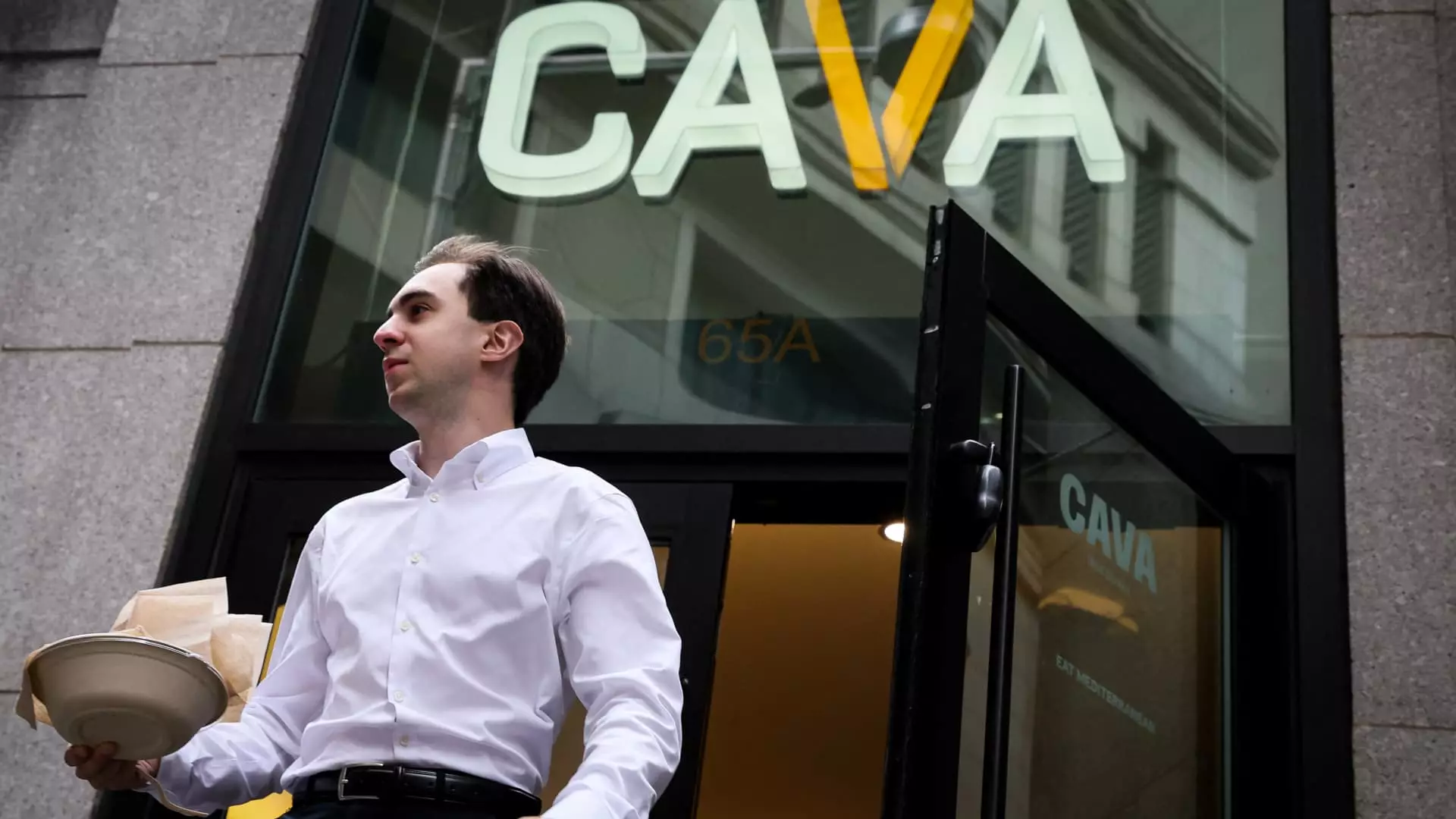In an era marked by economic turbulence and unpredictable spending habits, the restaurant industry is desperately seeking stability through a familiar yet increasingly indispensable tool: loyalty programs. Far from being a mere marketing gimmick, these initiatives have morphed into vital instruments for survival—tools that foster emotional bonds and habitual behaviors in an environment where every dollar counts. Companies like Starbucks, Chipotle, and Cava are not just offering rewards; they are leveraging them as strategic shields against declining traffic and slipping sales, recognizing that in challenging times, loyalty is earned by offering genuine value and memorable engagement.
This shift is not accidental but a testament to the brutal realities small margins and cautious consumers impose. The data reveals a stark truth: foot traffic in restaurants has plummeted, with only one month seeing an uptick in visits over a twelve-month span. Yet, amid these stormy waters, loyalty members—those customers enrolled in reward programs—continue to buck the trend. They visit more often, spend more during each visit, and display a level of commitment that brands desperately need to thrive. These programs have transitioned from optional perks to moral necessities, with brands increasingly depending on them to sustain relevance and rebuild consumer trust.
From Incentives to Emotional Connections
Loyalty programs are evolving beyond simple discounts; they are becoming personalized hubs of brand engagement. Take Starbucks, for example. With over 34 million active rewards members, it is clear the coffee giant’s strategy hinges on creating a community of habitual purchasers. The role of such programs goes beyond transactional sales—they cultivate ongoing relationships, turning occasional customers into dedicated brand ambassadors. The concern here is not just making a sale but nurturing long-term loyalty that withstands economic downturns and fierce competition.
Meanwhile, smaller chains like Potbelly and emerging brands like Cava have adopted innovative approaches, offering flexible redemption options and creative rewards that resonate. Potbelly’s coin-based system and Cava’s point earning for specific menu items exemplify a deeper understanding of consumer psychology—rewarding frequent visits and engagement rather than simply slashing prices. Cava’s recent campaign involving its mascot “Peter Chip” and surprise treats underscores a strategic shift towards delight-driven marketing, recognizing that innovative, fun interactions have a greater potential to foster loyalty than ubiquitous discounts alone.
Brands are increasingly recognizing that loyalty must be made fun, rewarding, and surprising to truly build a habitual customer base. Offering occasional treats, exclusive challenges, or seasonal giveaways injects an element of delight that pure discounts cannot replicate. Such strategies are essential in an environment where consumers are scrutinizing every expense more than ever, seeking not just value but emotional satisfaction from their spending.
Balancing Profitability and Perceived Value
The elephant in the room remains: Loyalty programs aren’t free. The industry’s profit margins are razor-thin, and giveaways or discounts eat into already tight earnings. The challenge for brands is clear—how to use these programs to secure loyalty without sacrificing financial health. It’s a delicate balancing act. For instance, Starbucks recently modified its reward system, replacing the reusable cup bonus with increased stars for purchases, a move that sparked controversy among regulars but aimed to sustain engagement and profitability simultaneously.
Many brands attempt to justify these concessions by emphasizing long-term gains. The belief—somewhat idealistic—is that more engaged, loyal customers will eventually spend beyond their initial visits, generating a meaningful lifetime value. Still, complacency is dangerous; brands must be constantly innovating, adapting, and sometimes risking short-term losses to foster enduring loyalty. Potbelly’s rapid uptake of its coin-based system, and Portillo’s emphasis on digital and badge-based engagement, exemplify this mindset: creating flexible, reachable, and rewarding systems to keep customers coming back again and again.
Meanwhile, large chains like Cava are pushing boundaries by integrating real-time campaigns to keep their programs fresh and engaging. Their tactic of integrating limited-time offers, playful mascots, and social-media-driven competitions capitalizes on the shift towards experience-based loyalty rather than simple transactional rewards. This strategy signals an understanding that consumers are craving personalization and moments of fun amid the monotony of economic worries.
The Future of Loyalty in the Restaurant Business
It’s clear that loyalty programs are here to stay—and evolving—for as long as economic uncertainty persists. For big brands, this means continuous reinvention—finding new ways to reward, surprise, and build emotional bonds. For smaller players, it’s about leveraging digital systems that are flexible and scalable, allowing them to compete with industry giants by offering authentic, engaging experiences.
Yet, there is an inherent risk in this reliance. Overpromising and underdelivering on value can backfire, alienating the very customers these programs aim to secure. The challenge lies in maintaining authenticity—offering genuine value, memorable experiences, and personalized engagement without slipping into manipulative or overly transactional tactics.
Loyalty programs have become less about discounts and more about fostering a sense of belonging. They are the new currency of trust and attachment in a fragile economic landscape. That strategic pivot, when executed well, could determine which restaurant brands succeed and which falter in the fierce fight for consumer loyalty.


Leave a Reply